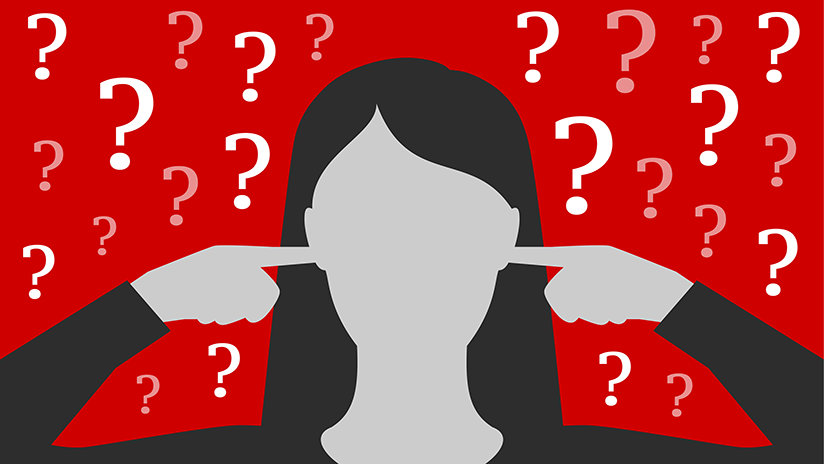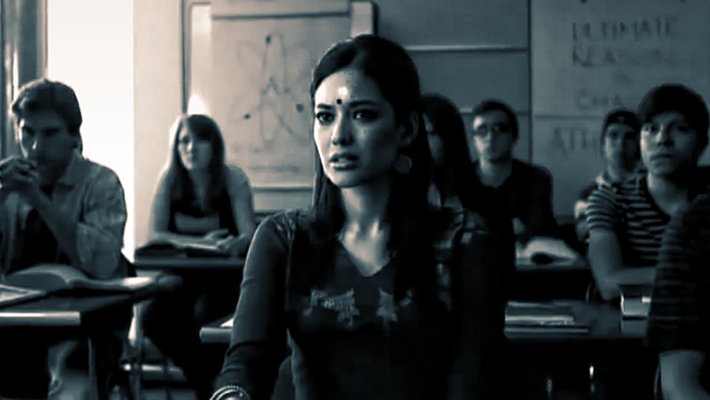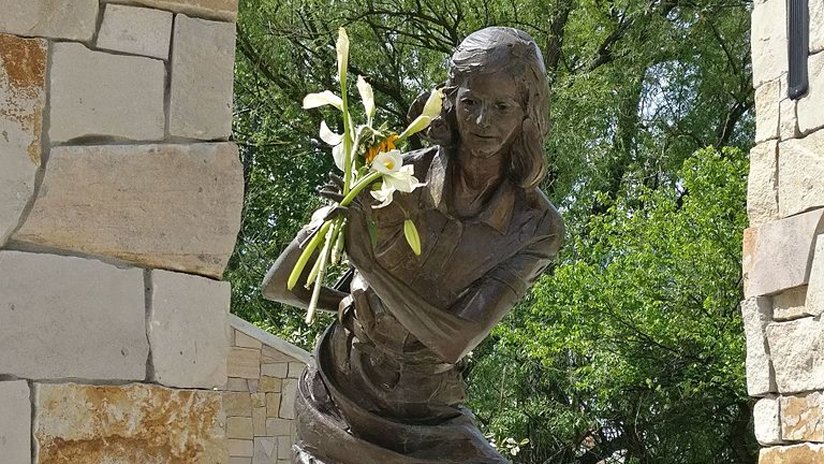
-
HOME
-
WHAT IS STANDOur Mission Our Values Our Help Contact
-
WHAT WE FIGHT FORReligious Freedom Religious Literacy Equality & Human Rights Inclusion & Respect Free Speech Responsible Journalism Corporate Accountability
-
RESOURCESExpert Studies Landmark Decisions White Papers FAQs David Miscavige Religious Freedom Resource Center Freedom of Religion & Human Rights Topic Index Priest-Penitent Privilege Islamophobia
-
HATE MONITORBiased Media Propagandists Hatemongers False Experts Hate Monitor Blog
-
NEWSROOMNews Media Watch Videos Blog
-
TAKE ACTIONCombat Hate & Discrimination Champion Freedom of Religion Demand Accountability
With Understanding Comes Respect: UN International Day for Tolerance
On November 16, 1945, the delegates completed their mission: a preposterous but crucial plan for worldwide tolerance in the wake of the most devastating war in history. They called themselves the United Nations Educational, Scientific and Cultural Organization (UNESCO) and their purpose was and is to prevent the outbreak of another war by establishing, in their words, “the intellectual and moral solidarity of mankind.”

After all, they reasoned, “Since wars begin in the minds of men and women, it is in the minds of men and women that the defenses of peace must be constructed.” Neither politics nor diplomacy could guarantee a lasting peace. This they knew and had witnessed time and again. But education might, if given the chance. Science and technology toward humanitarian goals might, if given the chance. The promotion of cultural and linguistic diversity might, if given the chance.
“Tolerance is, above all, an active attitude prompted by recognition of the universal human rights and fundamental freedoms of others.”
At the center of these things—education, science and culture—lies tolerance. In UNESCO’s playbook, tolerance is not merely the courteous swallowing of one’s otherwise overt disapproval. Tolerance, rather, “is respect and appreciation of the rich variety of our world’s cultures, our forms of expression and ways of being human.”
UNESCO’s member states adopted a Declaration of Principles of Tolerance that crystallized and confirmed that definition of tolerance. Tolerance, it said, “is not concession, condescension or indulgence. Tolerance is, above all, an active attitude prompted by recognition of the universal human rights and fundamental freedoms of others.”
November 16, 1995, exactly a half-century after UNESCO’s formation, the date of adoption of the Declaration became known thereafter as International Day for Tolerance.
As the world grows smaller and more diverse, it becomes obvious that the people residing within it represent less a melting pot and more a mosaic—a dazzling variety of shapes, colors, sounds and ideas comprising a 24,900-mile masterpiece.
Race is not a choice. Birthplace is not a choice. Ethnicity is not a choice. But hate is a choice. And luckily tolerance is also a choice. And the best guarantee of making the right choice is—and always has been—to know something about the choice. That’s where education comes in. If one can be taught to hate, one can certainly be taught not to. If one can be taught to be suspicious of certain people, one can also be taught to trust. Human behavior defines one as good or bad. But behavior itself stems from hate and ignorance at its worst and from tolerance and enlightenment at its best.
For 78 years the U.N., through UNESCO and its other agencies and partners, has promoted and fostered education as the key that unlocks the door to understanding and tolerance of those of different customs, languages and faiths. The U.N. works with organizations such as United for Human Rights and Youth for Human Rights that emphasize human rights education.
By focusing on education and understanding instead of conflict, the U.N. is pouring oil on the troubled waters of a world where cultural diversity is too often shouted down, where science is too often rejected and where education is too often attacked. As Audrey Azoulay, Director-General of UNESCO said: “The fault lines that divide and disfigure our societies are still pushing us apart and exacerbating distrust. It is therefore necessary to reaffirm the basic values of humankind.”
On this International Day for Tolerance, the U.N.’s mission of peace and tolerance through education—begun nearly four generations ago in the aftershocks of a world war—is more relevant than ever.
It’s hard to hate something—or someone—that you understand.









